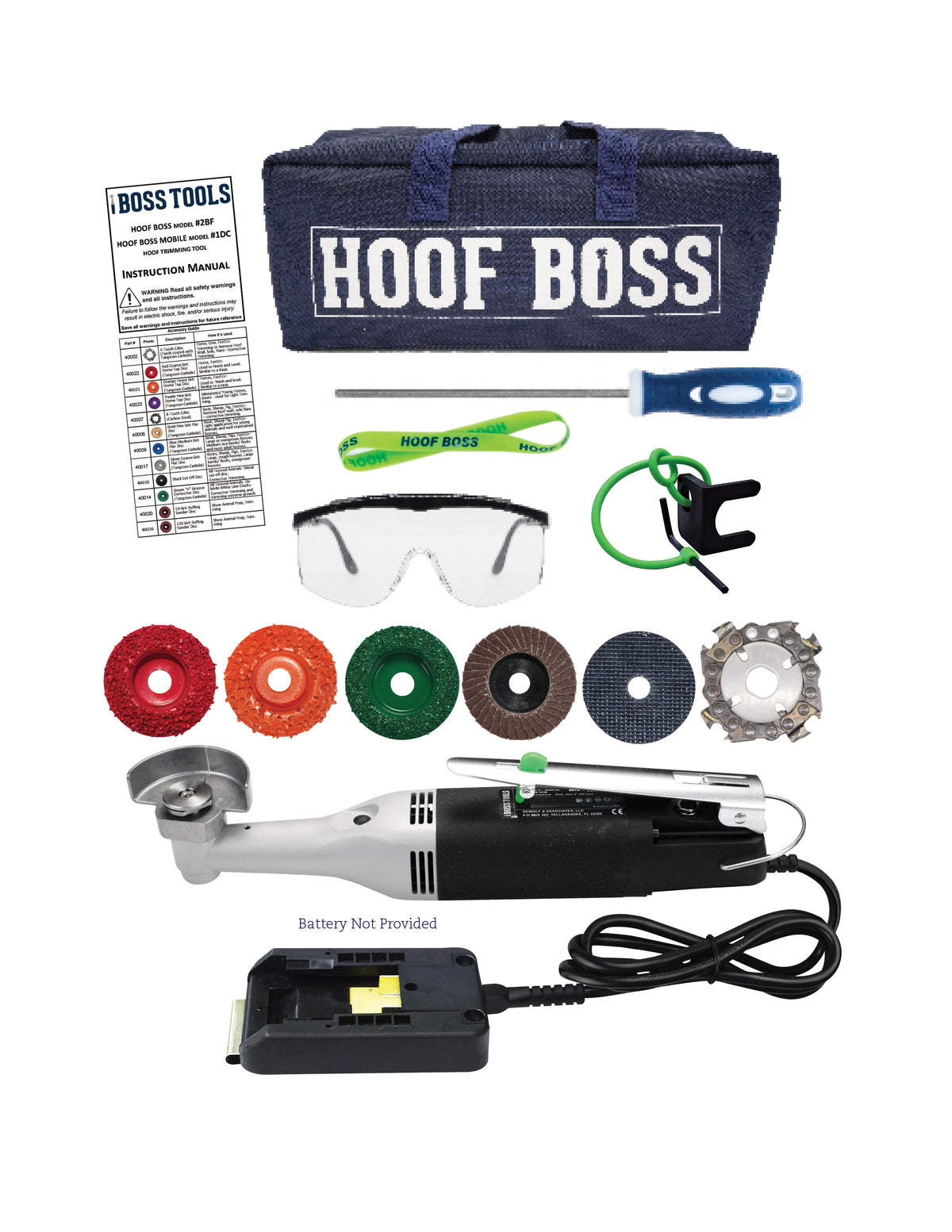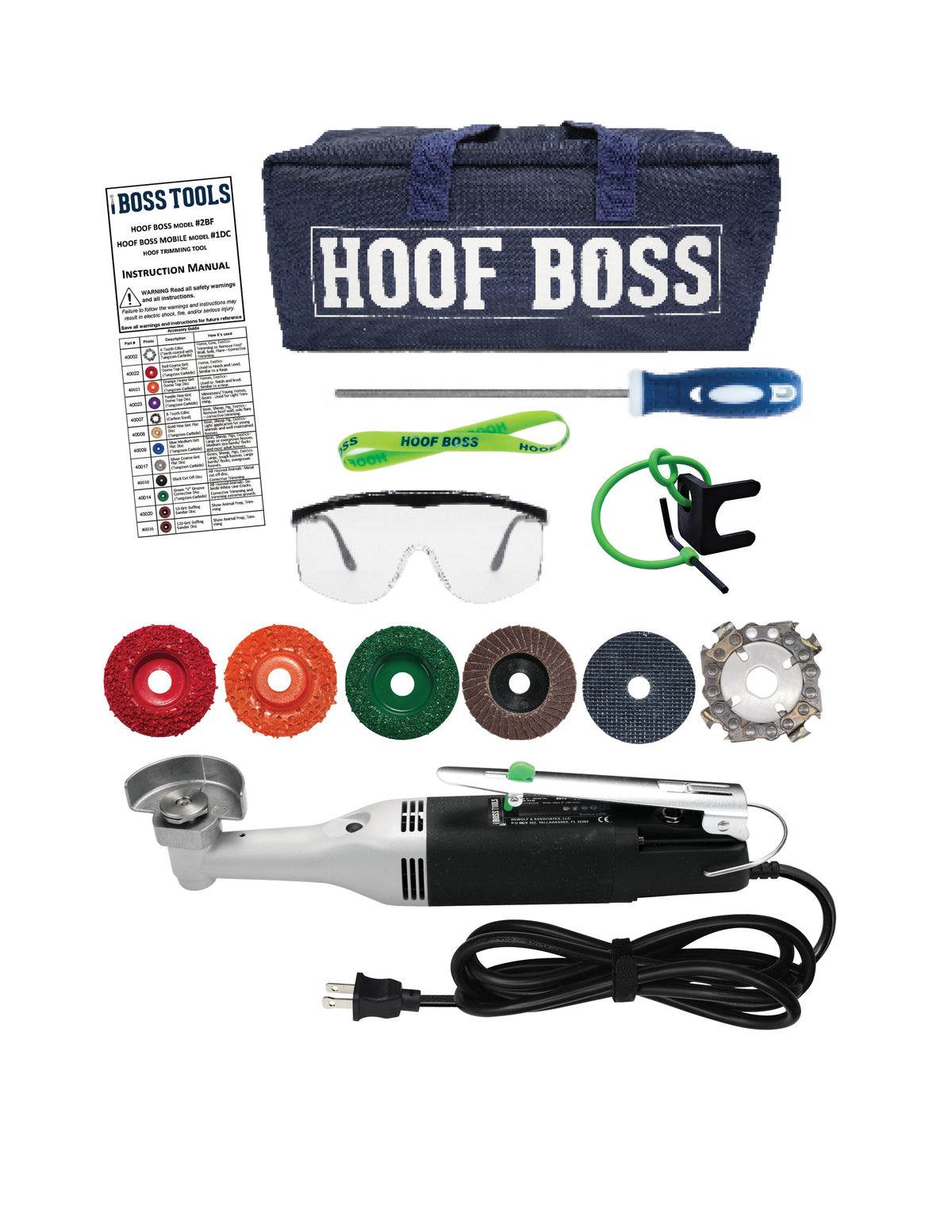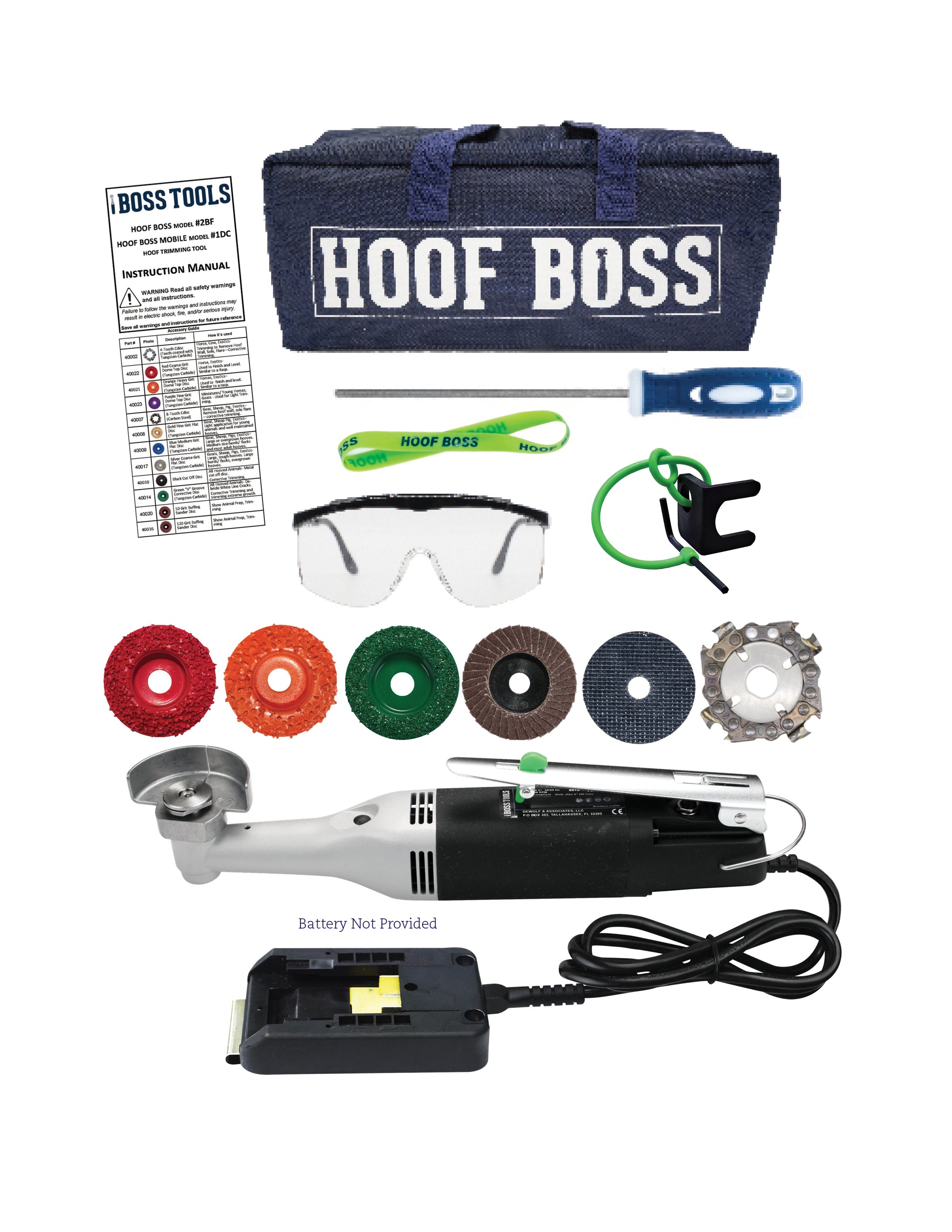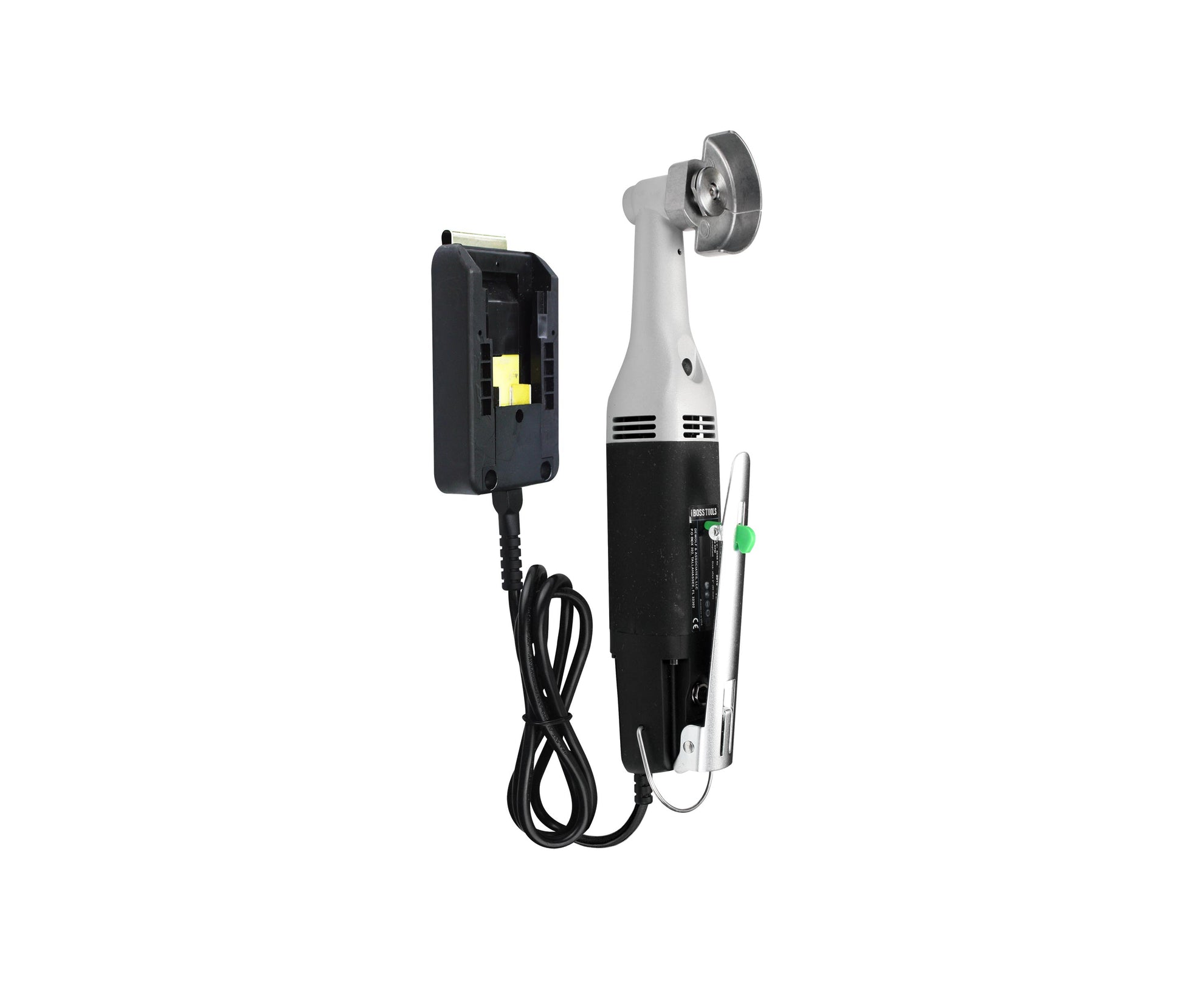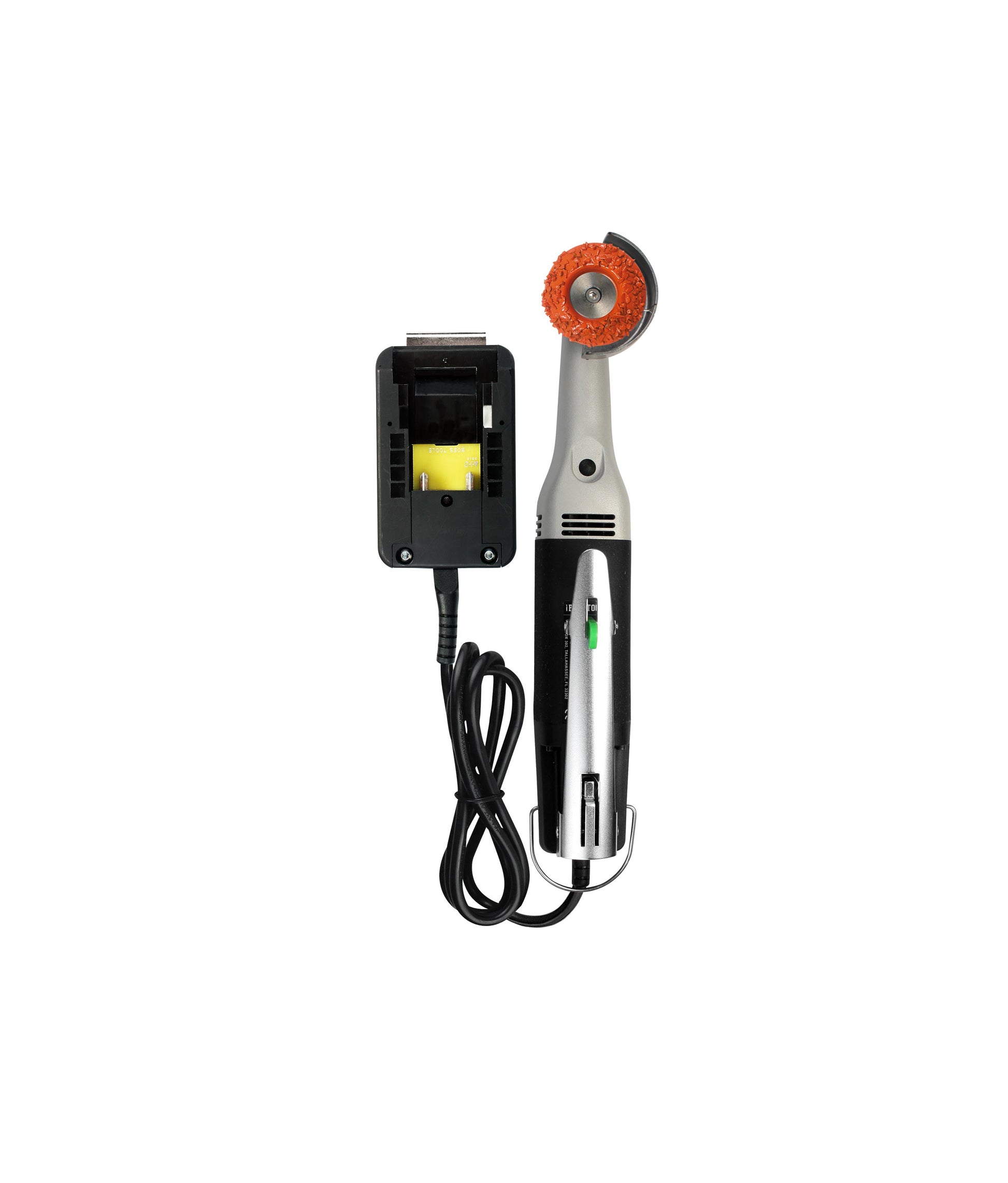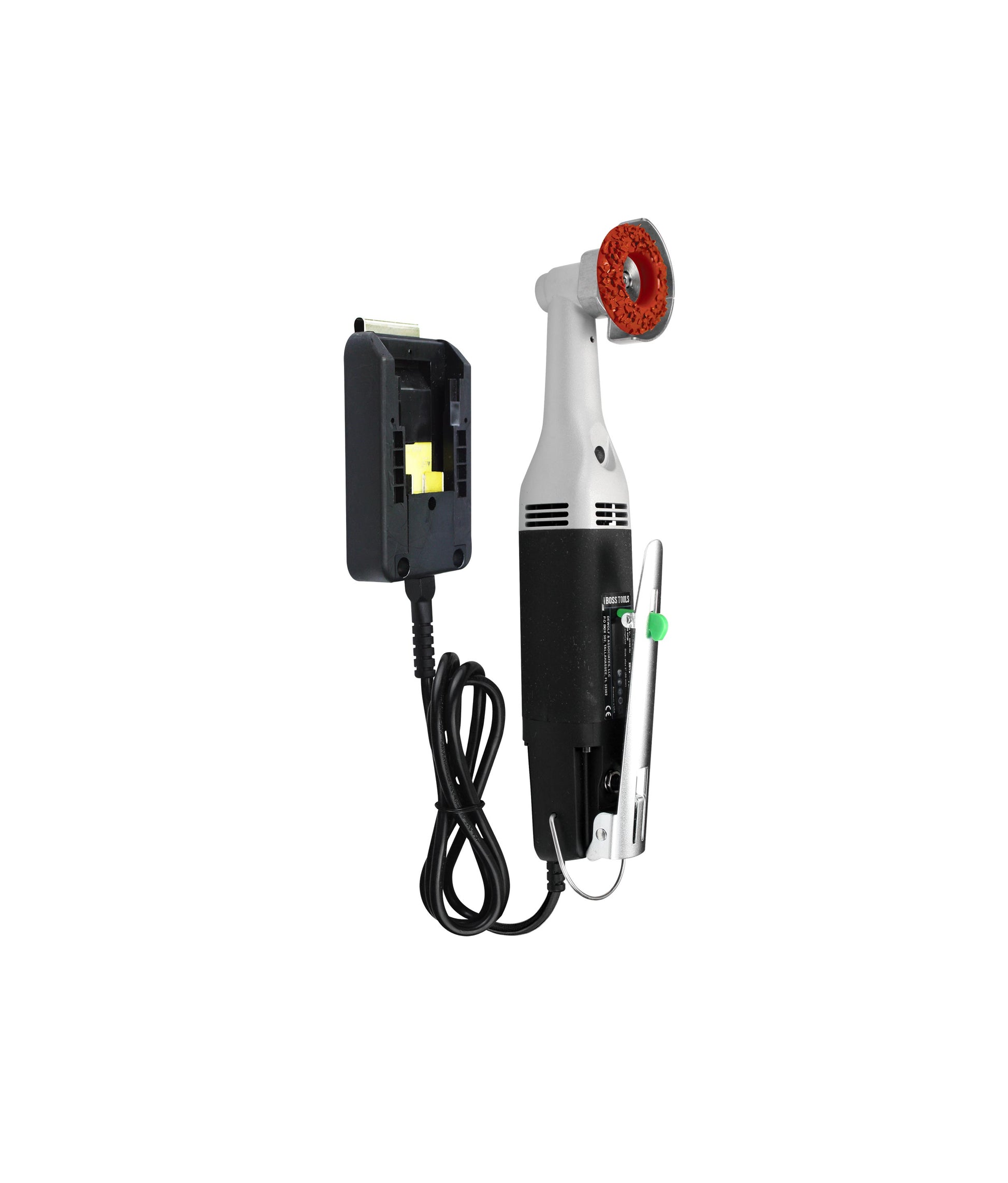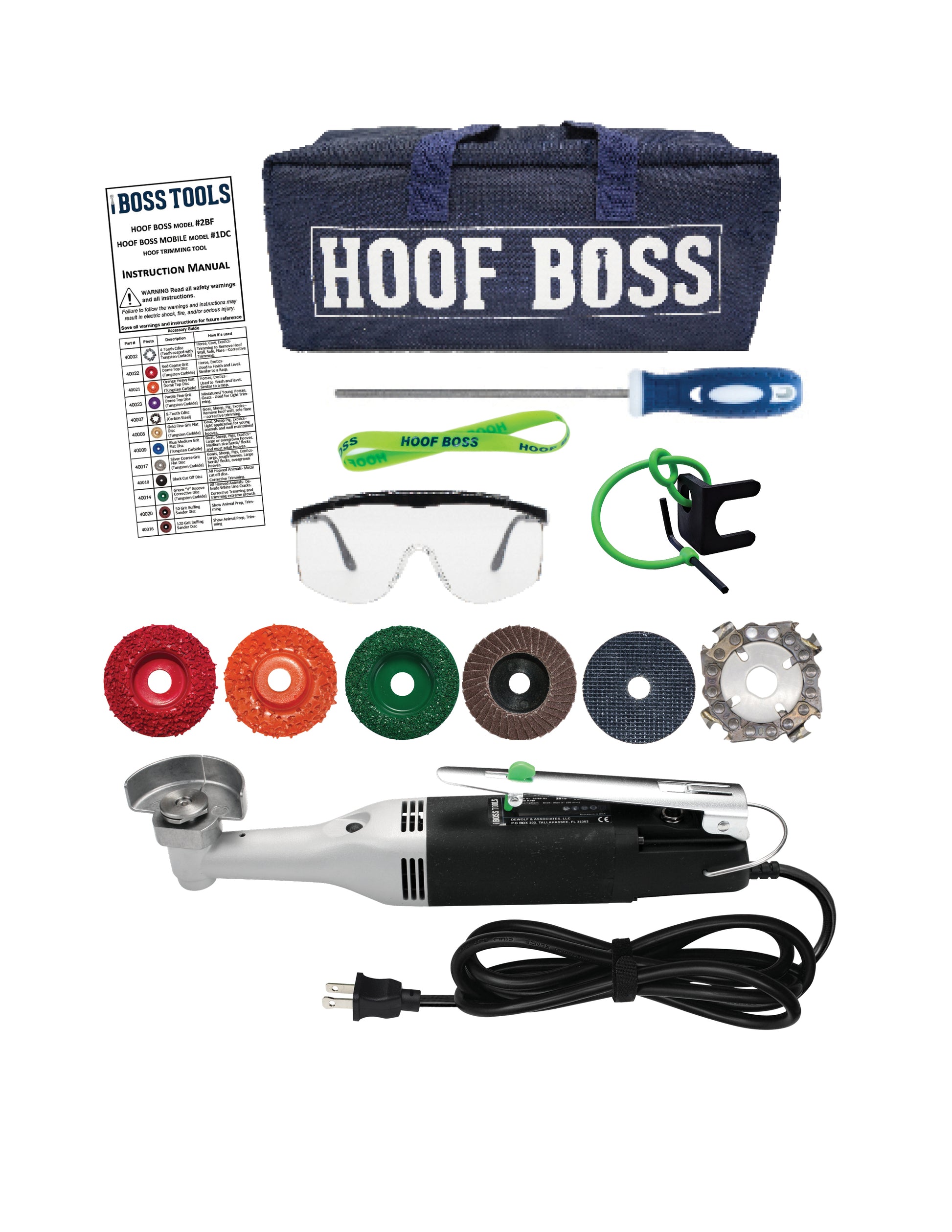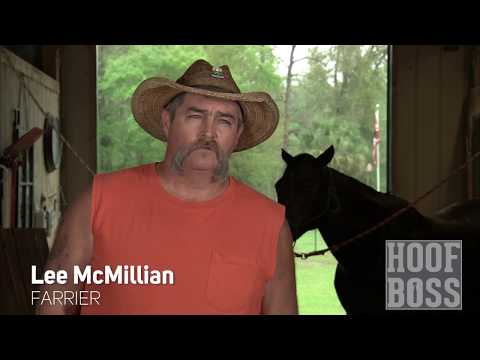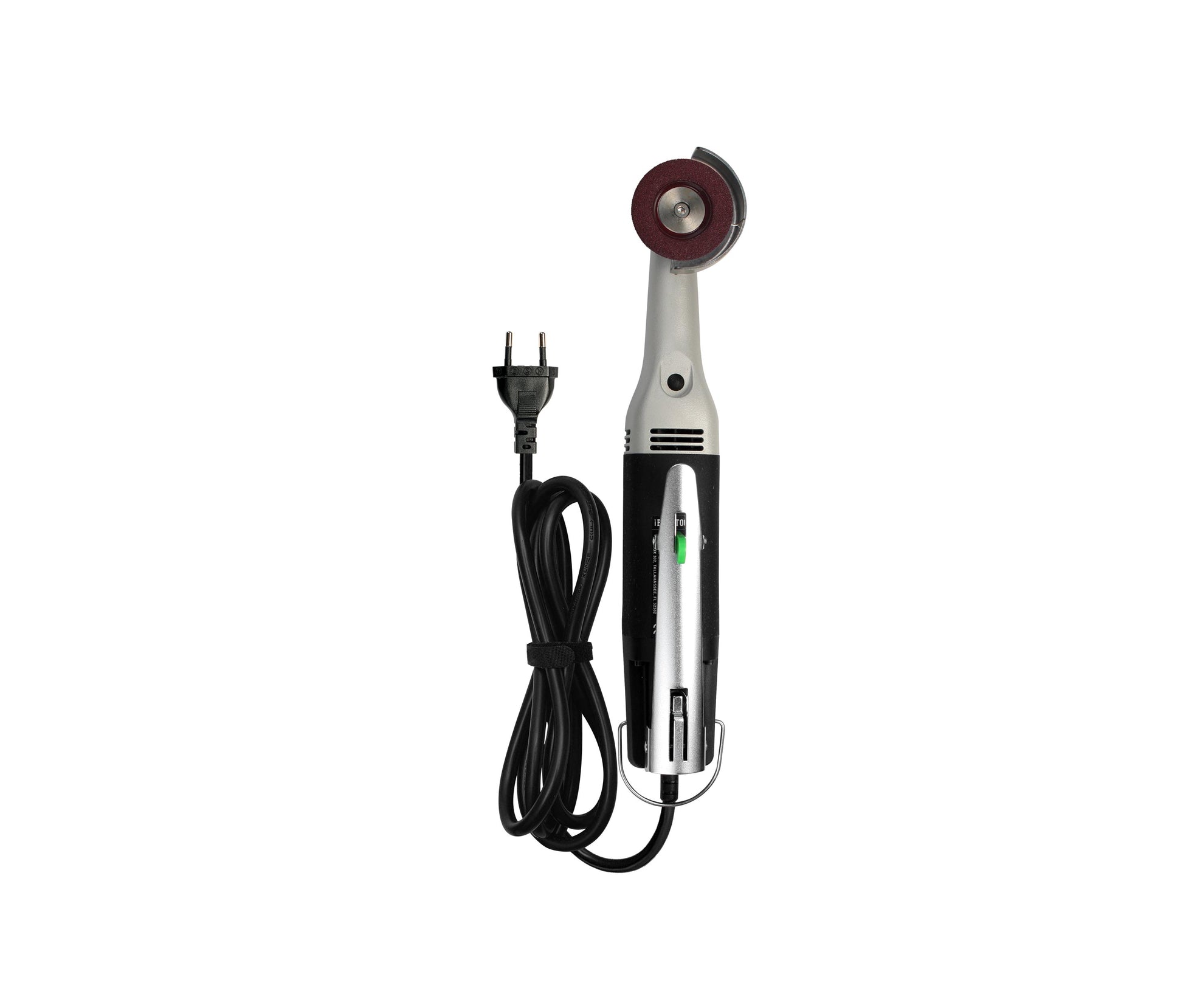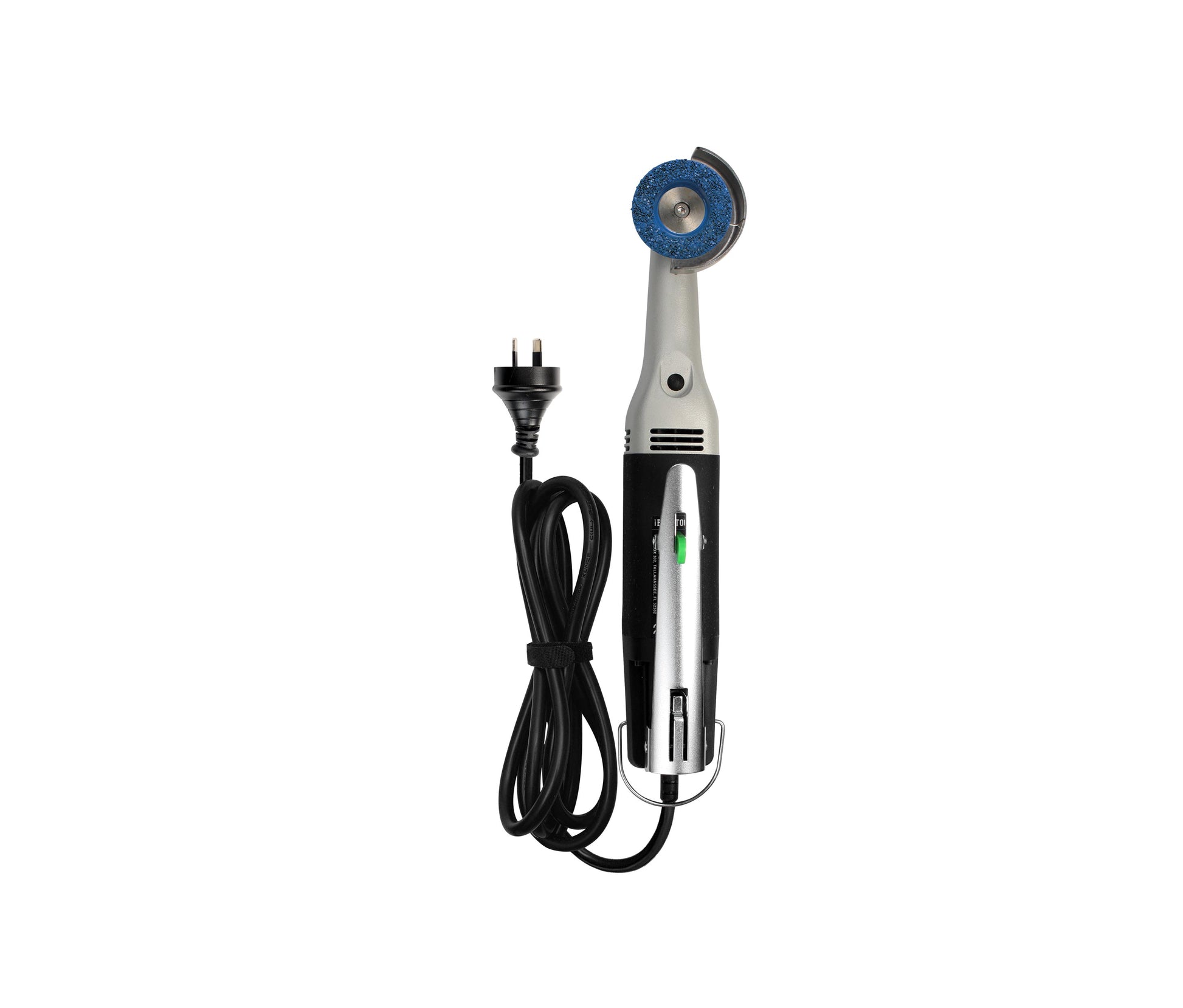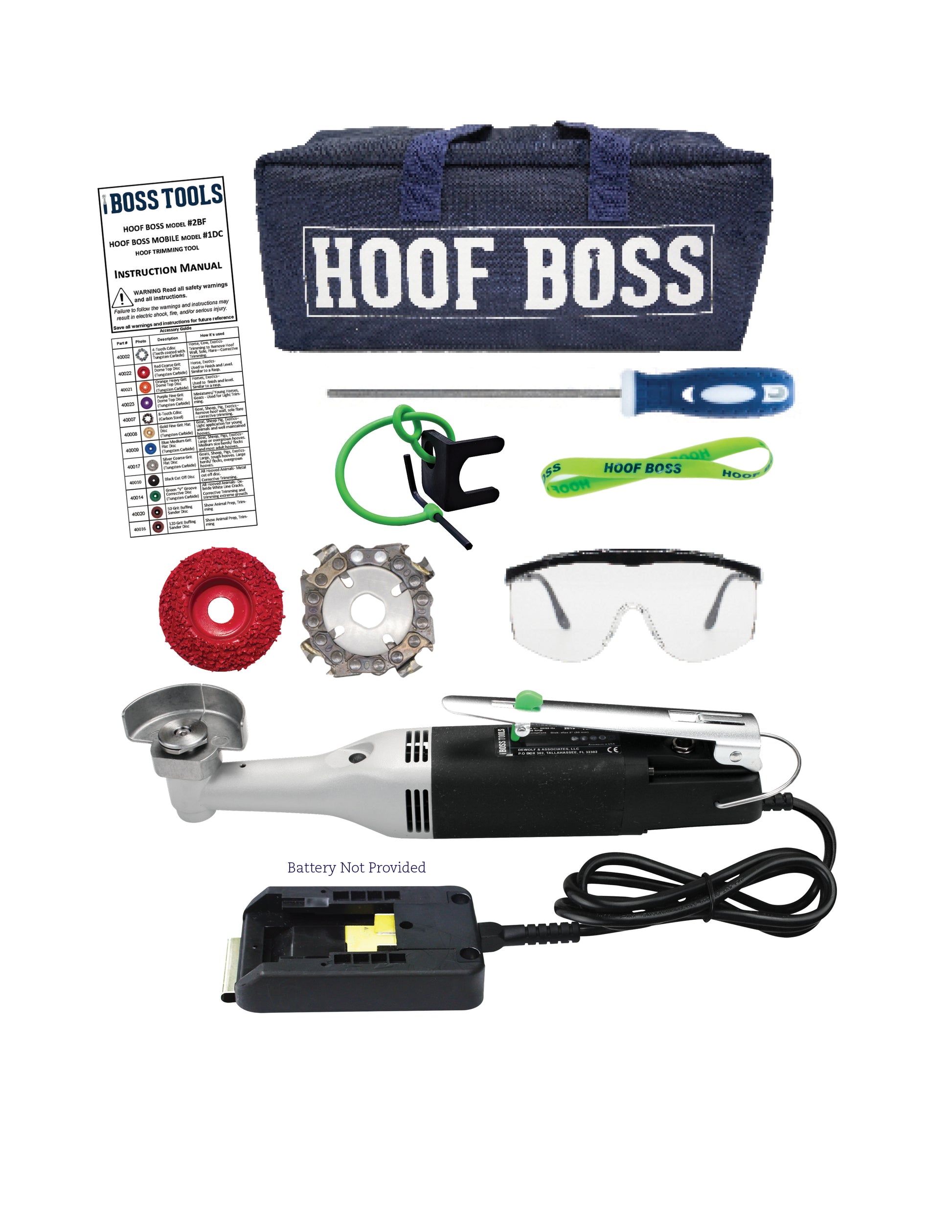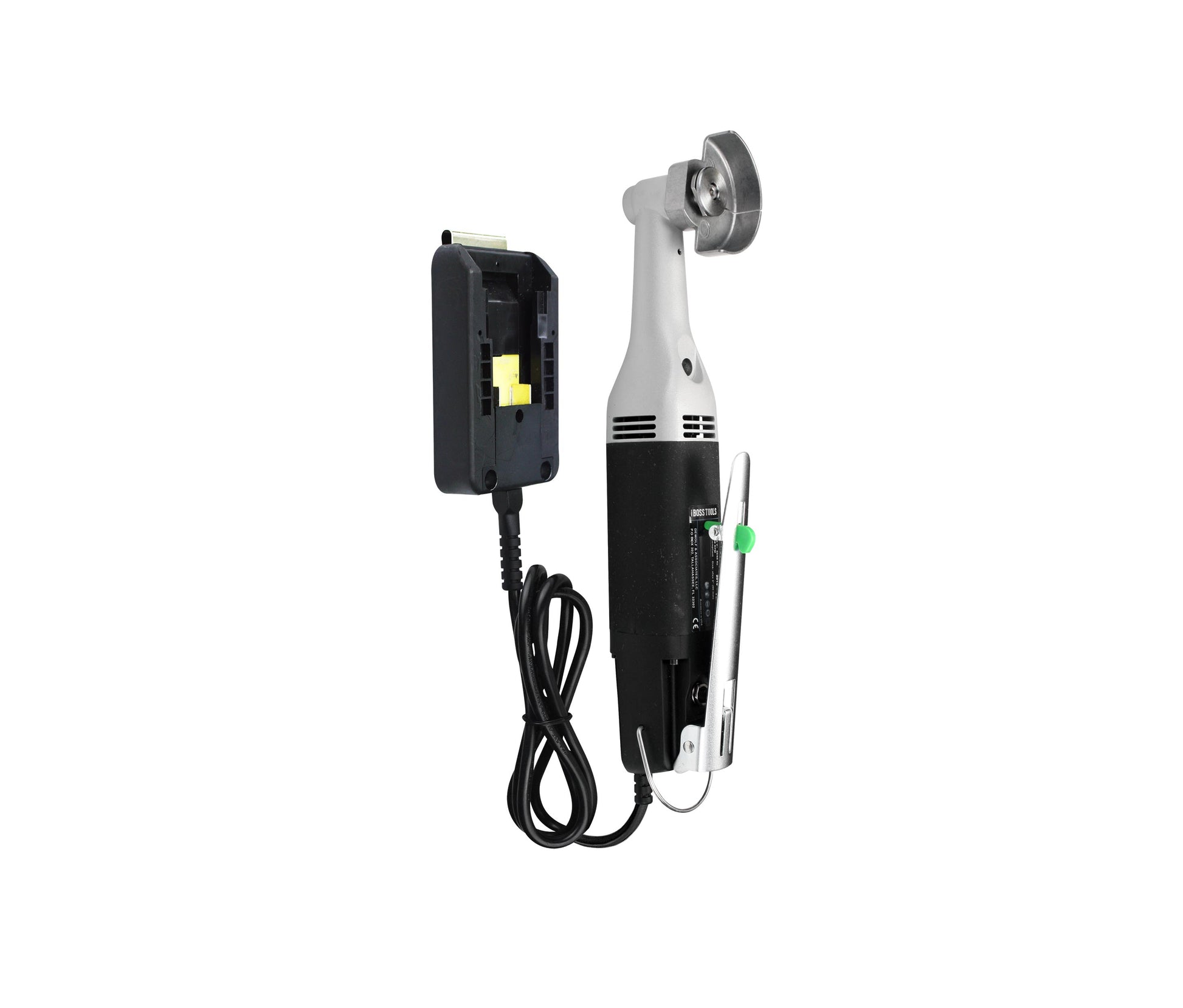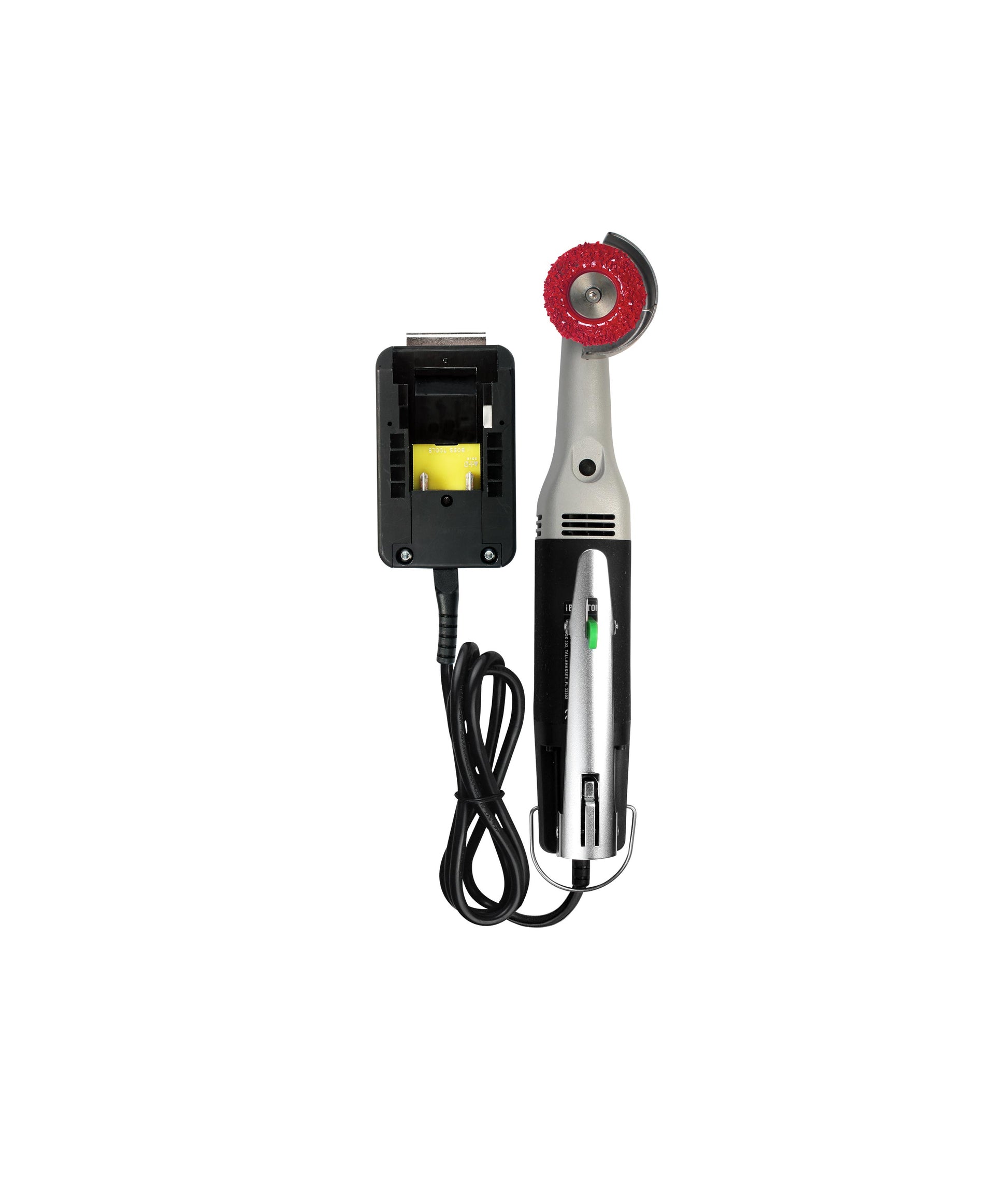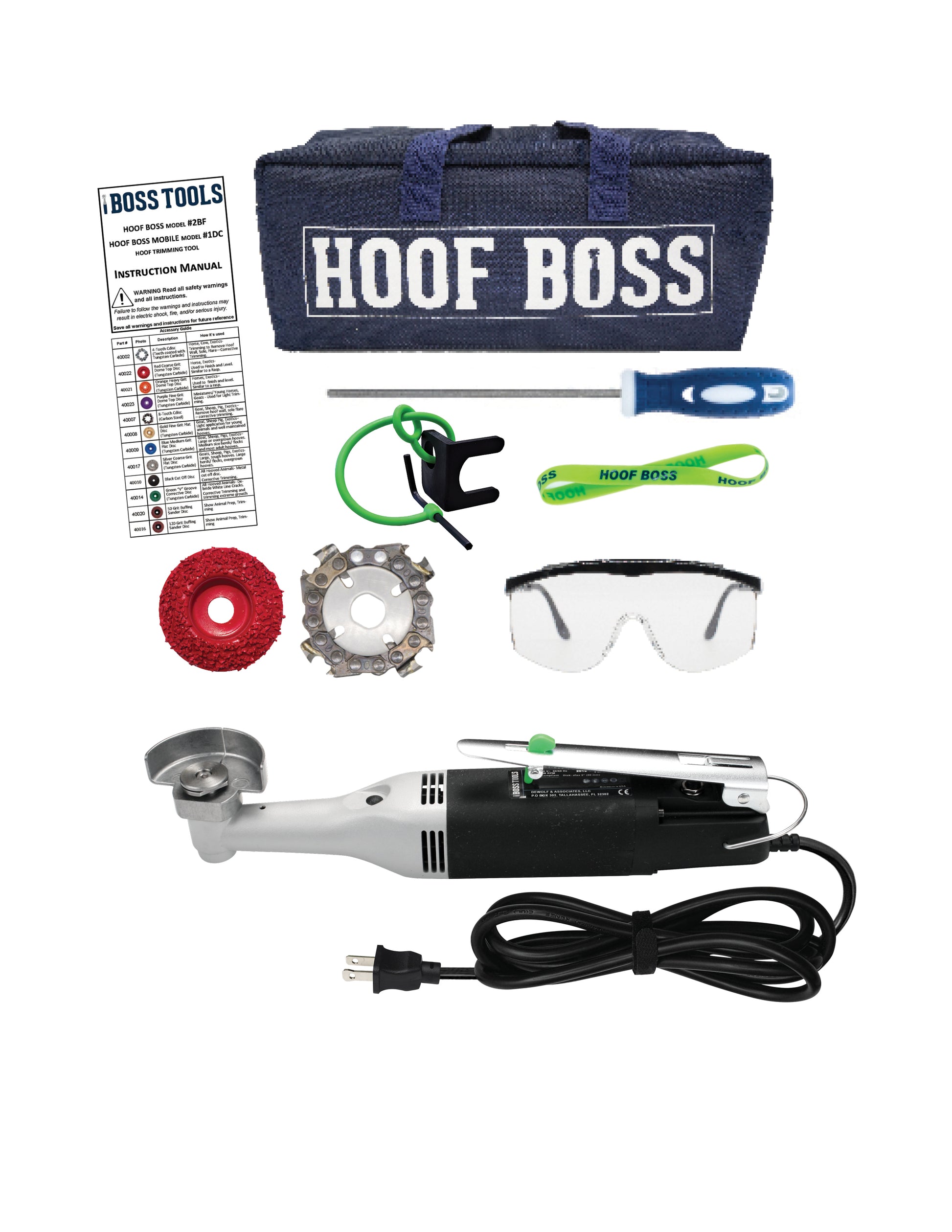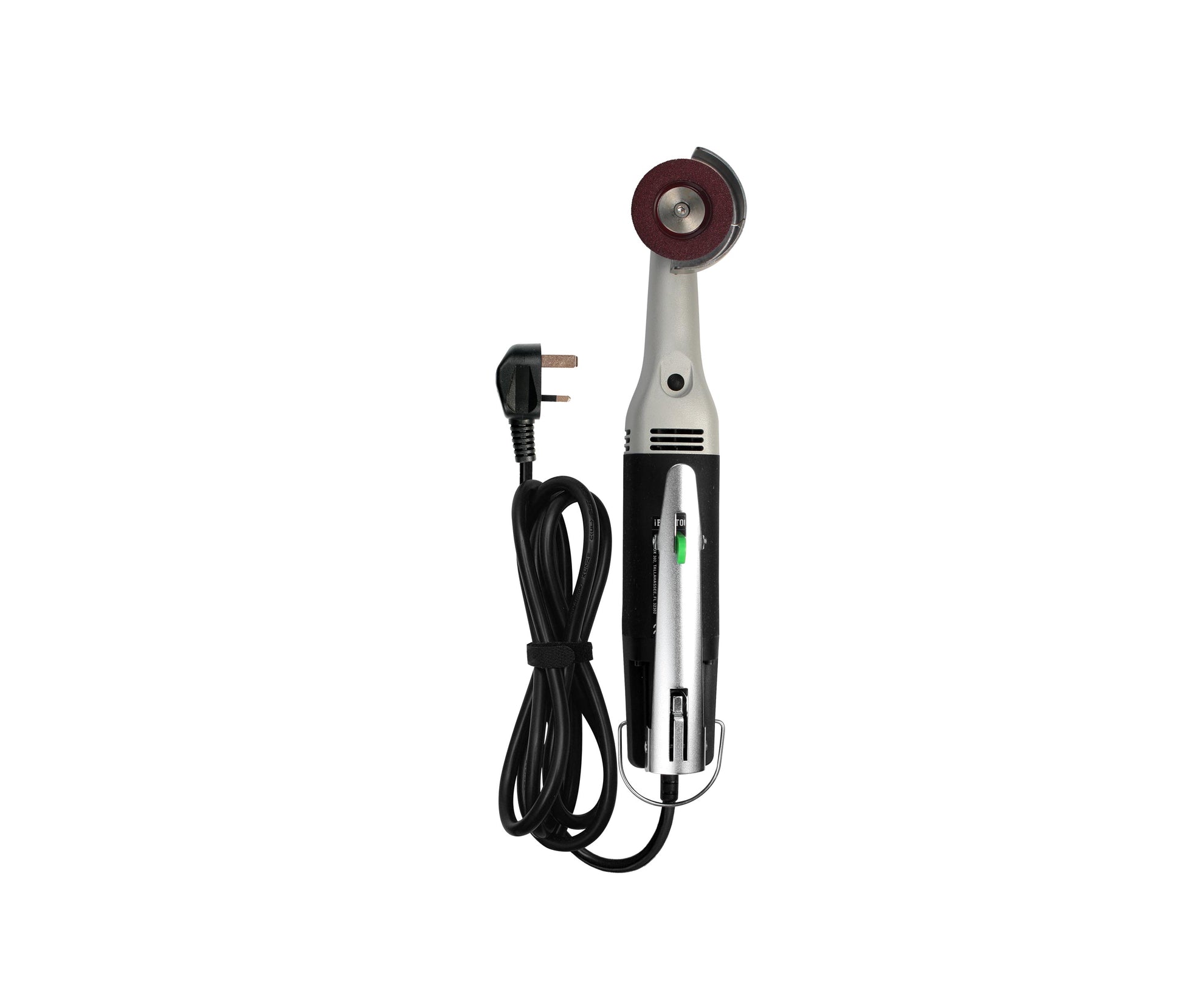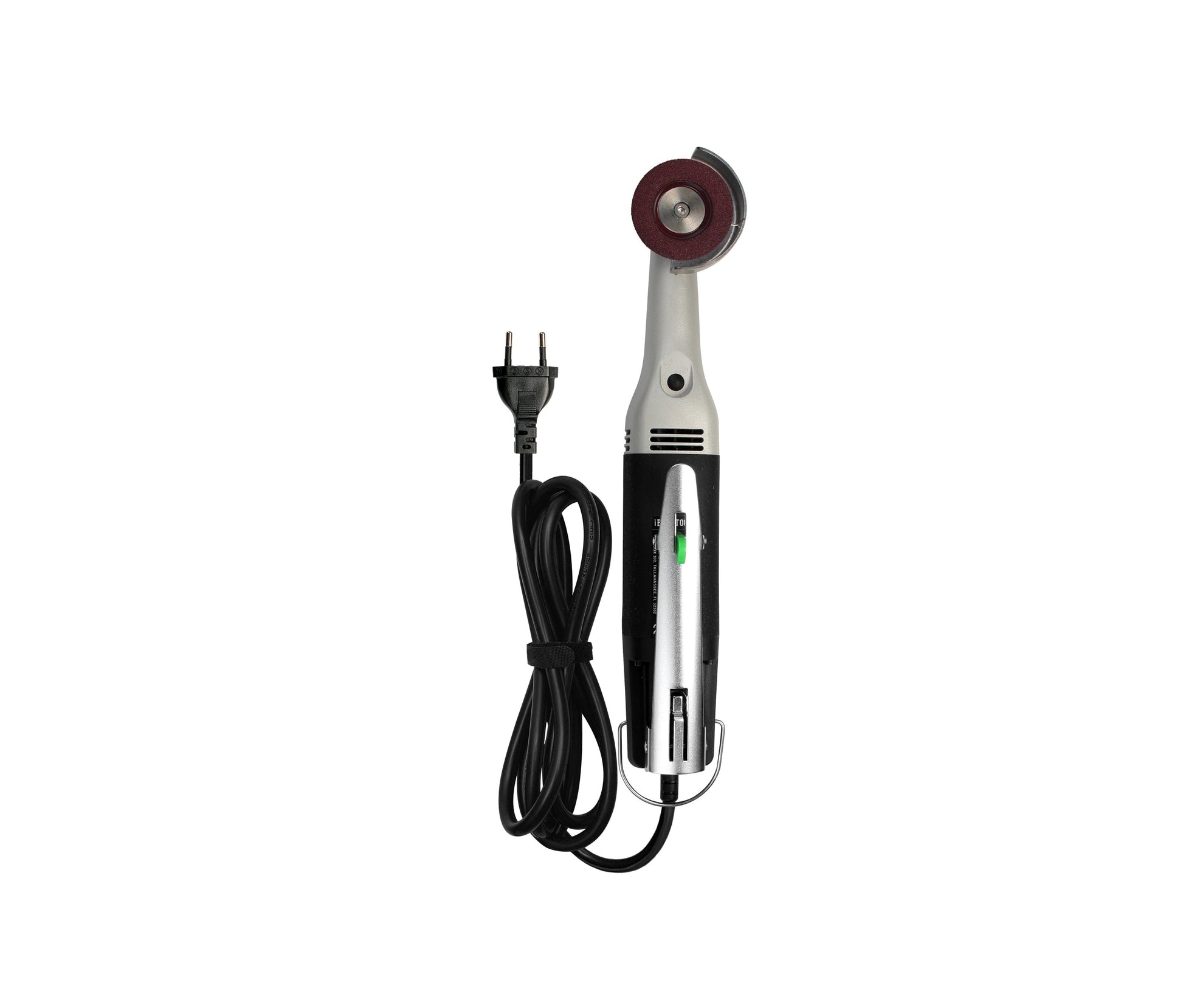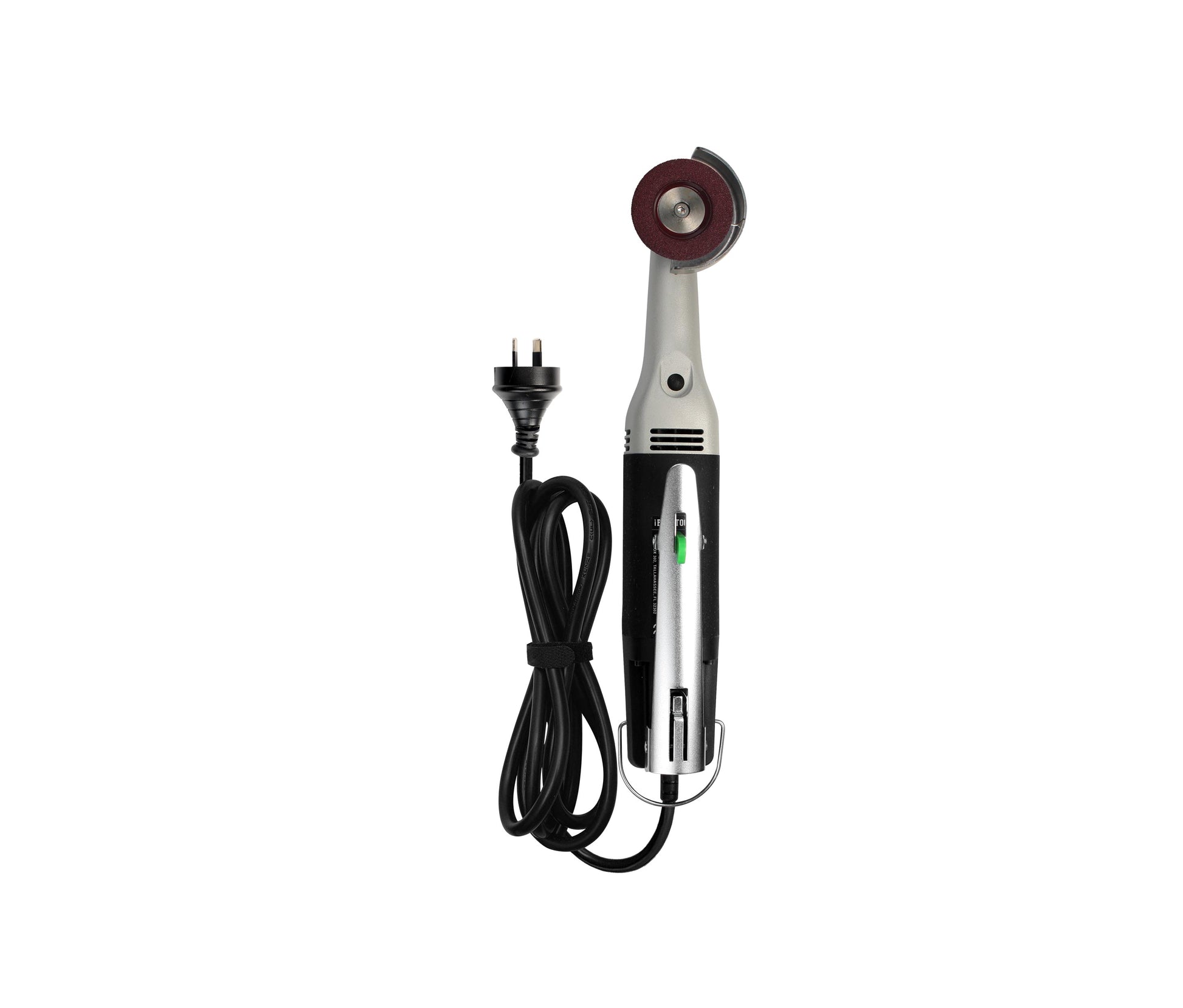Degloved Horse Hoof: What It Is, What to Do Next
A degloving injury occurs when the hoof capsule—the tough keratin “shell” that normally protects the inner foot—tears partially or completely away from the sensitive laminae, leaving bone, blood vessels, and nerves exposed. Most cases happen when a shoe or hoof wall catches on wire, a trailer step, or a sharp edge during a scramble. Because the capsule delivers vital protection and circulatory support, losing it is as urgent as a compound fracture.
Why Immediate Action Matters
-
Controls shock. Rapid bandaging slows blood loss and eases nerve pain.
-
Prevents infection. Clean, sterile wraps keep manure bacteria off raw laminar tissue.
-
Protects future hoof shape. A snug dressing supports new horn so it grows straight.
-
Limits scar tissue. Early debridement and hydration reduce proud-flesh that distorts the wall.
Five-Step Plan: From Barn Aisle to Full Return
-
Call the vet first. Degloving demands sedation, regional nerve blocks, and sometimes hospital plates; professional help is non-negotiable.
-
Control bleeding and contamination. Flush the foot with sterile saline, blot dry, pack a non-stick pad over the wound, then layer roll gauze and a cohesive wrap. Elevate the limb if possible.
-
Stabilize and transport. Keep the horse calm in a well-bedded box stall or trailer bay; avoid walking on hard ground until a hospital plate or custom boot is fitted.
-
Follow the vet’s bandage-change schedule. Expect a fresh sterile wrap every 48 hours for the first two weeks, then every three to four days as granulation tissue and new horn appear.
-
Rehab patiently. Hoof wall regrowth averages 6–9 months. Controlled hand-walking begins once a firm “ring” of new horn encircles the coronary band; trotting under saddle often waits a full year.
Vet Treatments You’ll Hear About
-
Hospital plate shoe to protect the exposed corium while allowing daily cleaning.
-
Regional limb perfusion with broad-spectrum antibiotics to flood deep tissue without systemic overdose.
-
Negative-pressure wound therapy (vacuum dressing) in severe avulsions to speed granulation and reduce edema.
Managing Pain and Preventing Setbacks
NSAIDs like phenylbutazone control inflammation; ice boots used 20 minutes on, 40 minutes off during the first 48 hours blunt swelling. Keep bedding deep and dry. Monitor digital pulses; a sudden spike can signal abscess formation under the new horn and warrants radiographs.
Long-Term Outlook
With vigilant care, many horses regain full athletic function. Cosmetic imperfections—slight ridges or color changes—are common but rarely painful. The greatest risks to soundness are chronic infection inside the wall bed and uneven horn that alters biomechanics; both are minimized by strict bandage hygiene, balanced trims during regrowth, and gradual return to work.
Degloving is one of the few hoof injuries where minutes matter. Acting quickly, following a vet-led plan, and maintaining meticulous bandage care give the new capsule the best chance to regrow strong and symmetrical.
Explore Hoof-Boss Horse Hoof-Care Tools for precise maintenance once your horse is cleared for routine trims.


